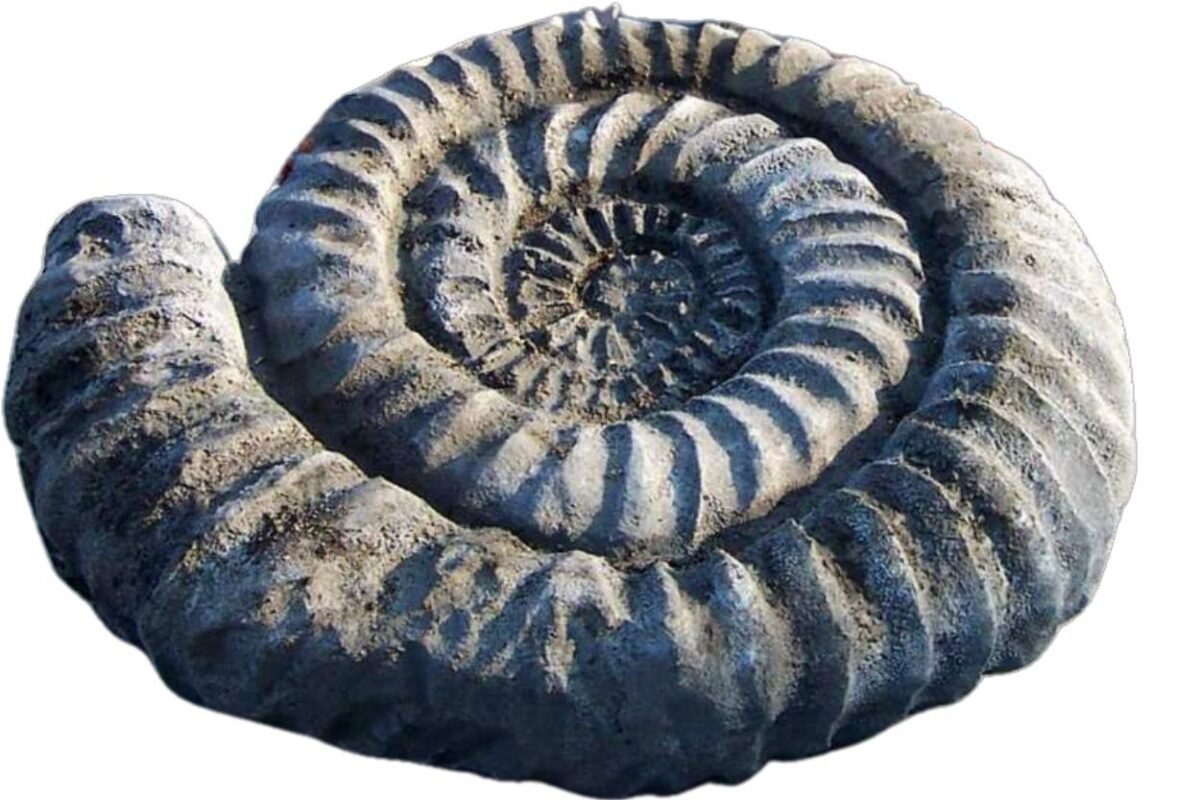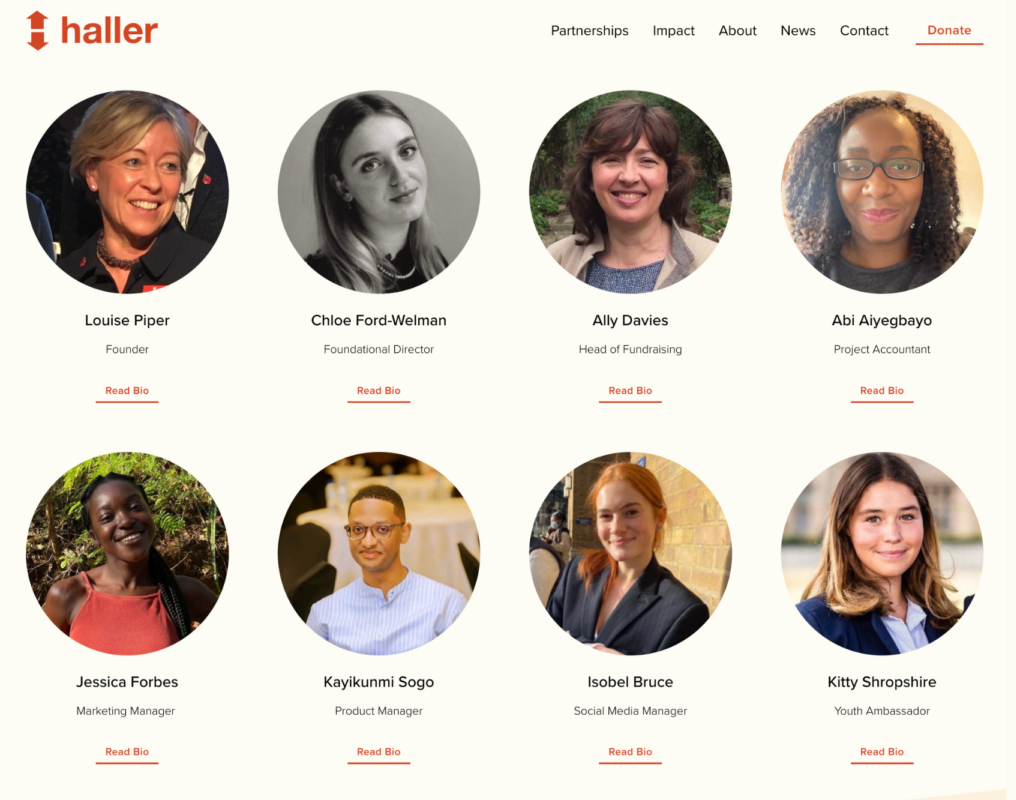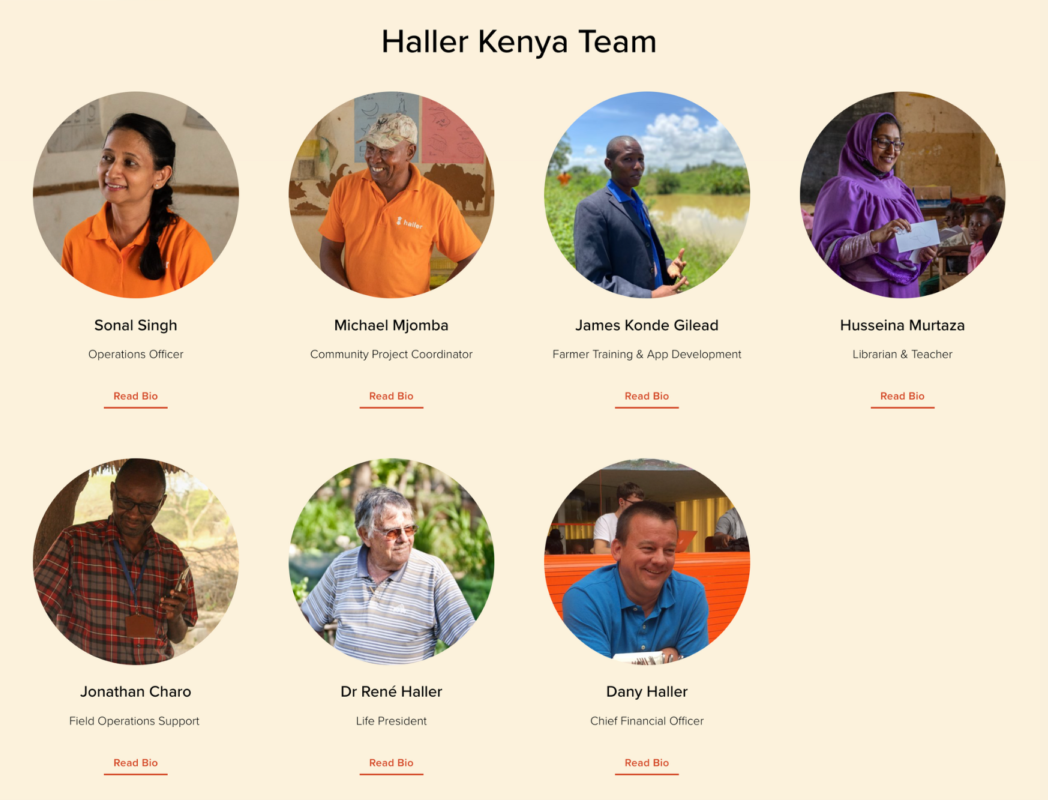René Haller transformed a lifeless quarry into a vibrant, flourishing ecosystem. This blog explores his groundbreaking work on the Kenyan coast and how it led to the creation of the Haller Foundation. Together with René, the foundation has expanded his innovative ideas and principles, bringing them to communities around the quarry and across other parts of Africa. This is the second of two blogs I’ve written about René—click here to read the first one, which delves into his early life and how he became a pioneer in ecological restoration.
ARE YOU CRAZY?
An iconic image of a Baobab tree perched on a rocky mound in the middle of a quarry symbolises what became Rene’s life’s work. Later he called the organisation he set up – and still runs today – the Baobab Trust. The tree is unusual in that its girth will expand and shrink depending on the availability of water – being careful with its resources in times of drought and making the most of it when the rain falls.
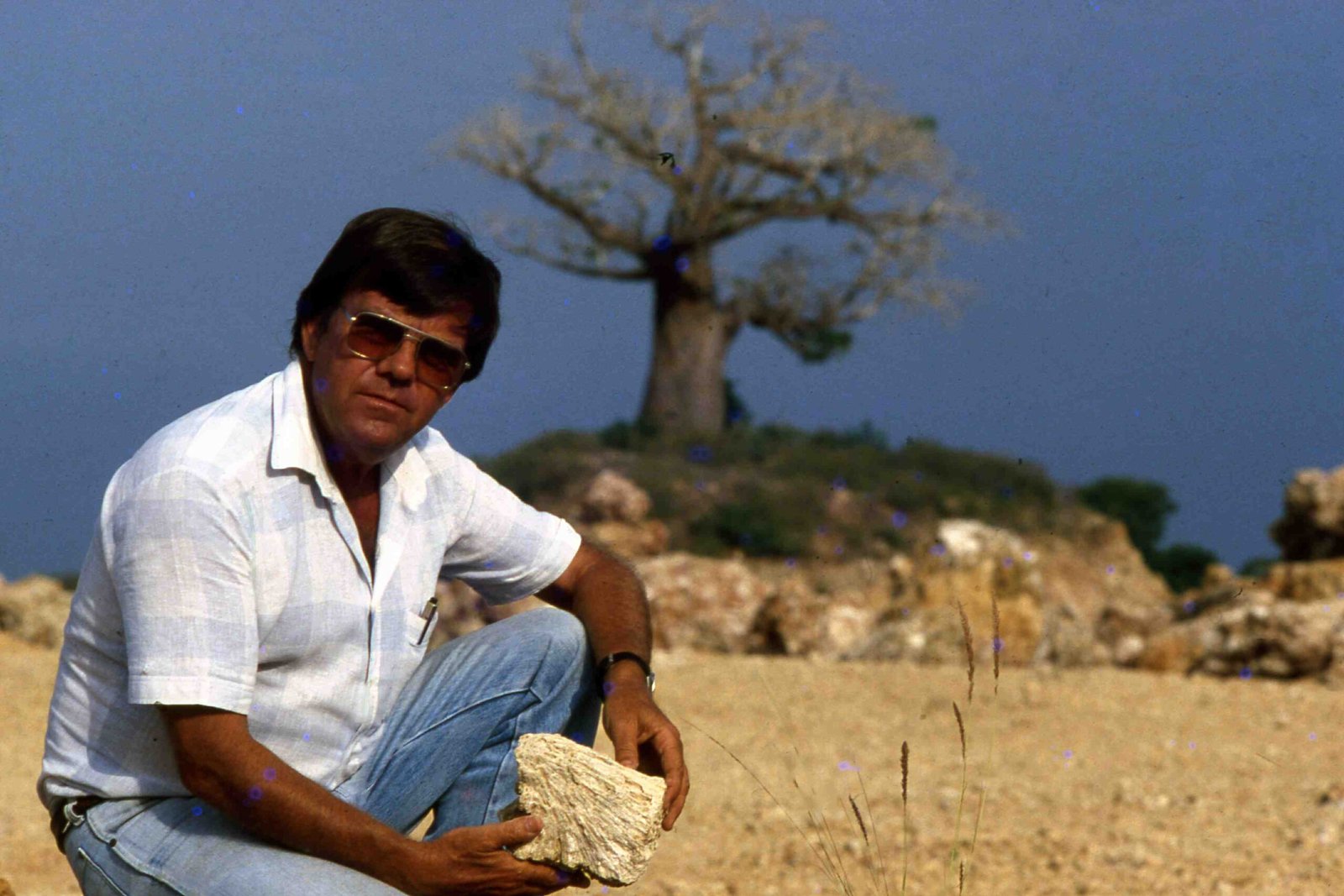
In 1959 Rene was taken on by the Bamburi Cement factory on the East Coast of Kenya, just North of Mombasa. His brief was to grow fruit and vegetables to improve the diet and therefore the productivity of the workers but he went way beyond that.
One of the most intriguing parts of this story is the role of the millipedes. Rene discovered that they feasted on needles deposited by the casuarina trees, and their faeces created the humus for the next layer of vegetation. So the casuarina trees acted as ‘pioneer species’ and kick-started the greening process – and it didn’t take long before the whole area was teaming with life. There are kingfishers, dragonflies, storks, eland, oryx, giraffes, crocodiles, giant tortoises and even hippopotami.
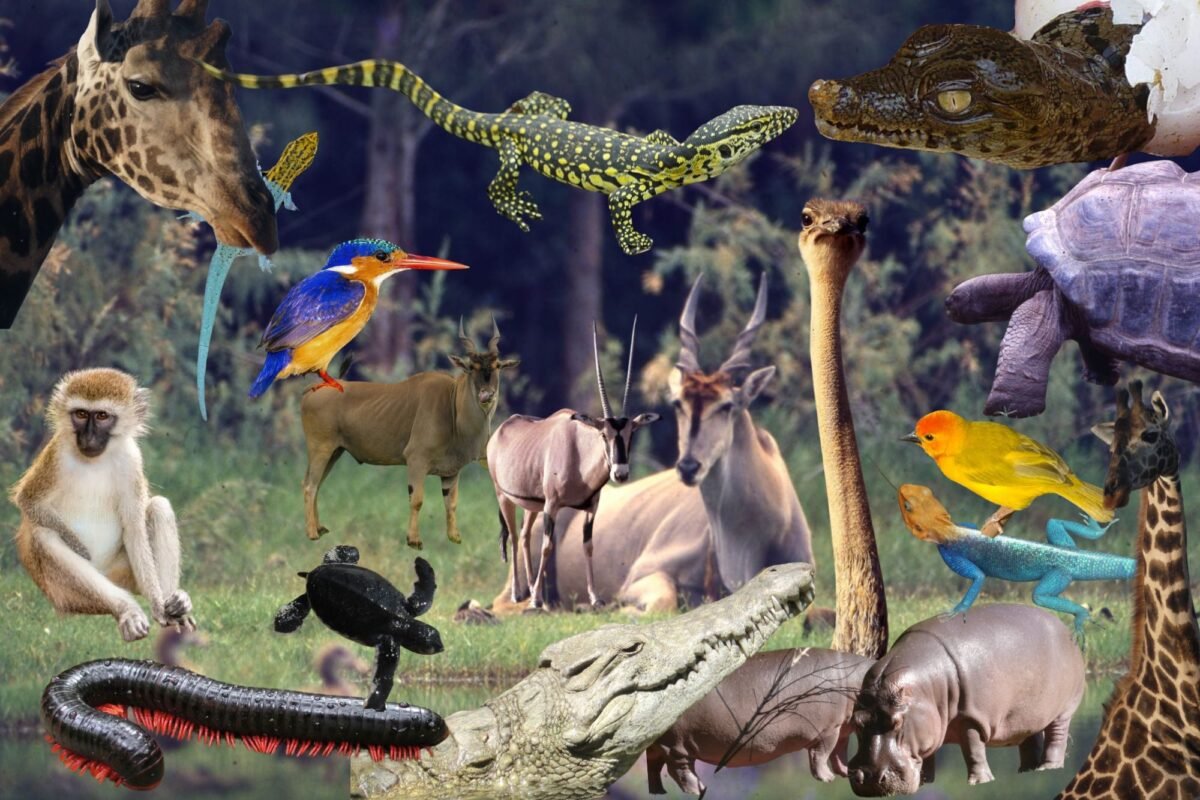
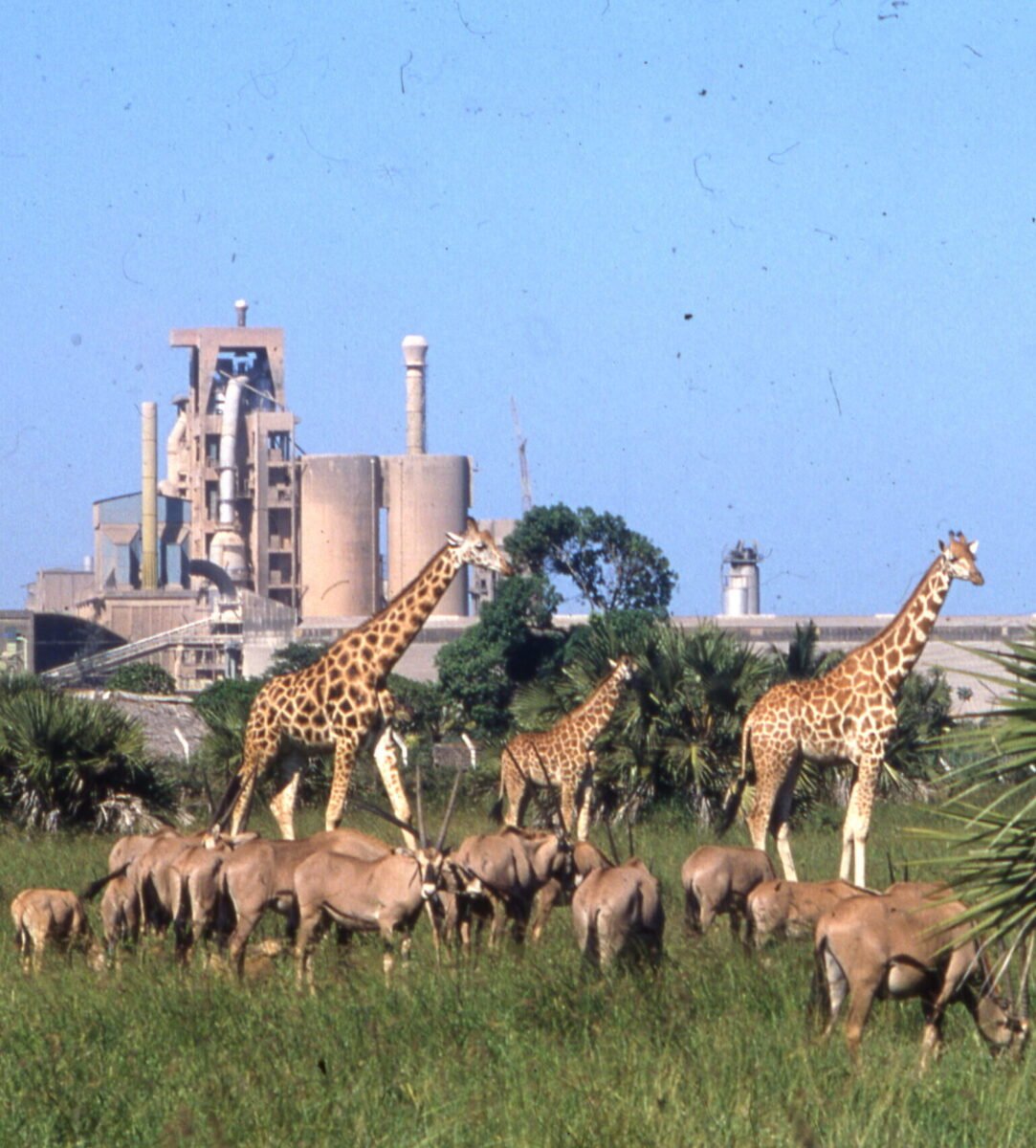
BAMBURI CEMENT FACTORY
The tilapia fish farm fed on the algae created by the hippopotamus waste, and the fish, in turn, provided nourishment for the crocodile farm, as well as the rice paddies and banana plantations. In all, Rene set up 45 different business enterprises and employed almost as many people as the cement factory. They were running tree nurseries, making charcoal, farming eland and oryx, bee-keeping, rearing chickens and ostriches and working in the farm shop. So rehabilitating the land began a process, which rejuvenated the community too.
HALLER, HALLER, HALLER

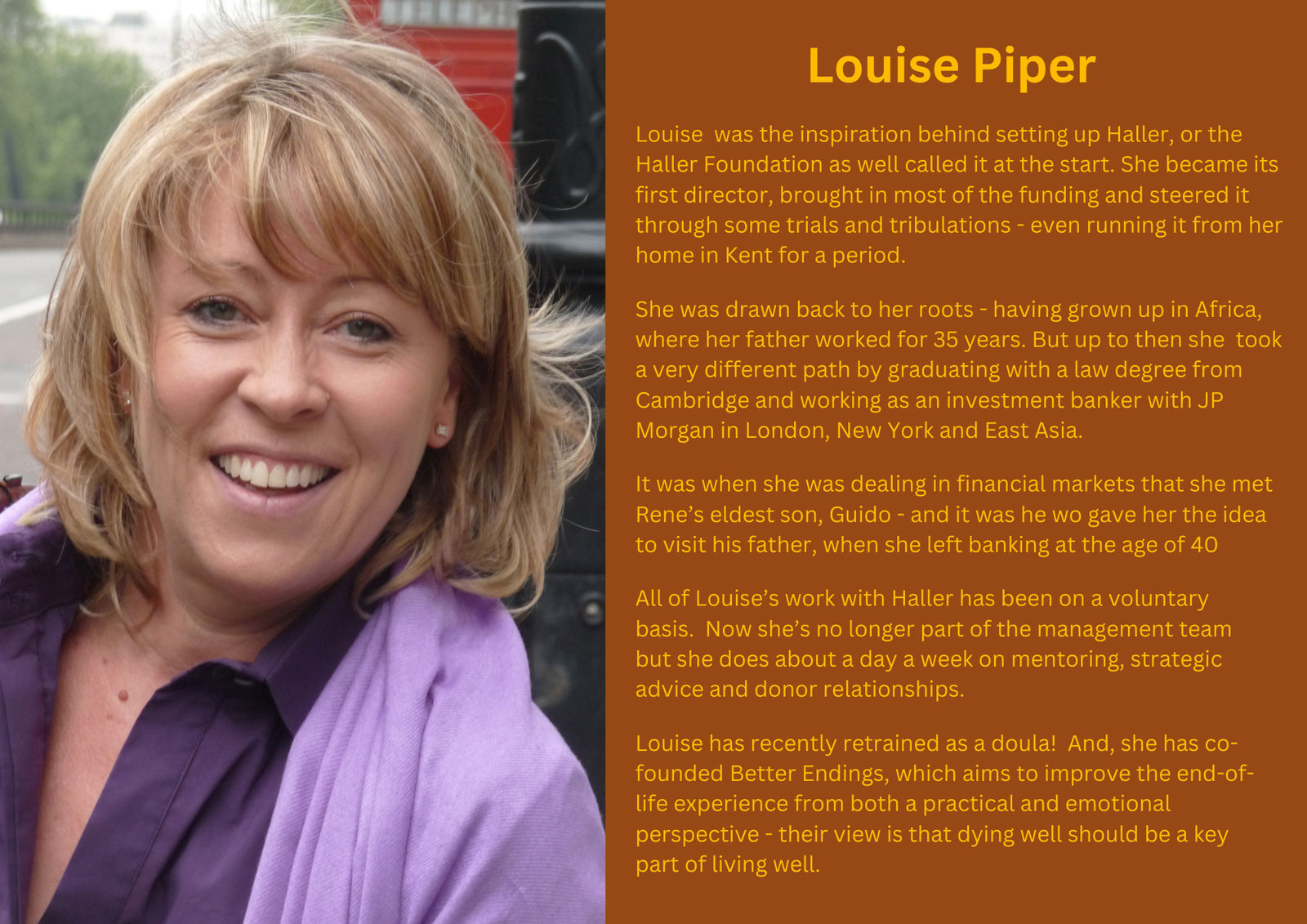
Louise and I co-founded the Haller Foundation in 2004, but Louise was the main driver in keeping it going.
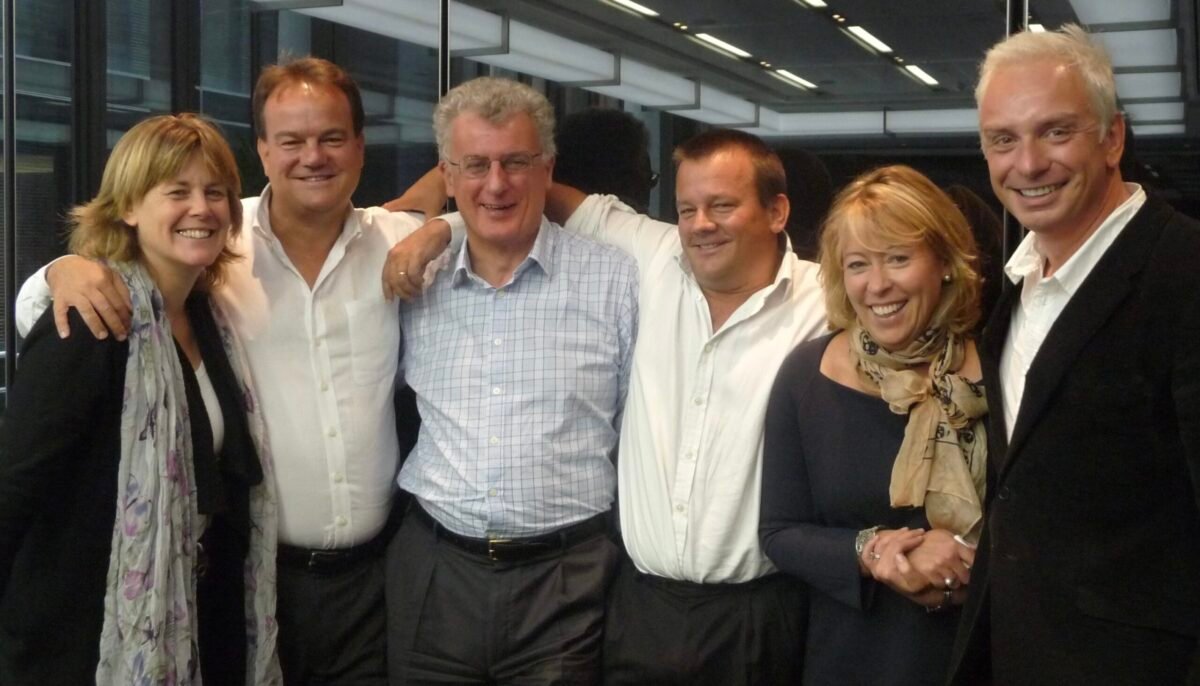

My personal vote is to develop it further to include family planning, empowering women to choose the timing and spacing of their children. I served as a Trustee of CHASE Africa for several years, an organisation dedicated to promoting family planning and reproductive health. The demographics of Africa are alarming, and addressing these challenges is vital for sustainable development.

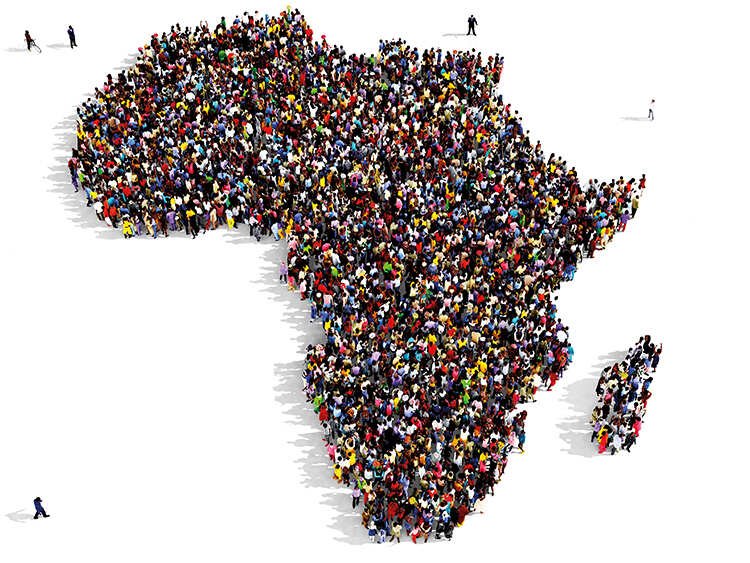
When René arrived in Africa in 1959, Kenya’s population was around 7.5 million. Today, it has grown to approximately 56 million, with projections suggesting it will reach 95.5 million by mid-century. During the same period, the population of the African continent is expected to grow more than tenfold, highlighting the immense demographic changes shaping the region.
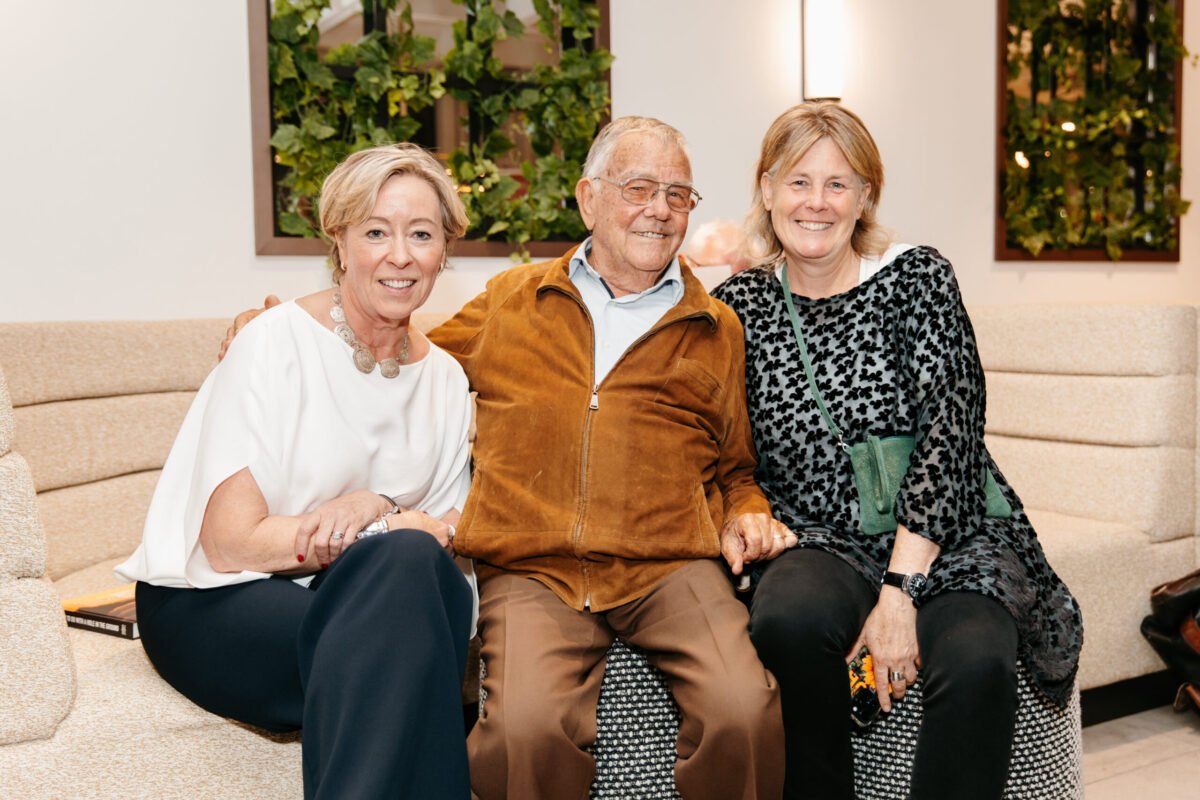
Louise, Rene and me at the 20th Anniversary of Haller – September 2024.
